SYED JUNAID SHAH
Navigating Growth with Digital Expertise!




Syed Junaid Shah brings a diverse set of expertise to the table, including Project Management, Performance Marketing, E-commerce Optimization and Business Automation. His proficiency extends to Website Development and crafting strategies that generate both organic and inorganic leads for driving sales and conversions. With experience across multiple industries, Junaid Shah has successfully managed campaigns and projects for established International UAE companies. Thus, Junaid Shah’s expert strategy is what makes him an expert player in the world of digital growth and business development.
Syed Junaid Shah
jhashmii.jh@gmail.com
ceo@rdwdtec.com
Lahore, Pakistan
+92 313 4330800
+44 759 1058905
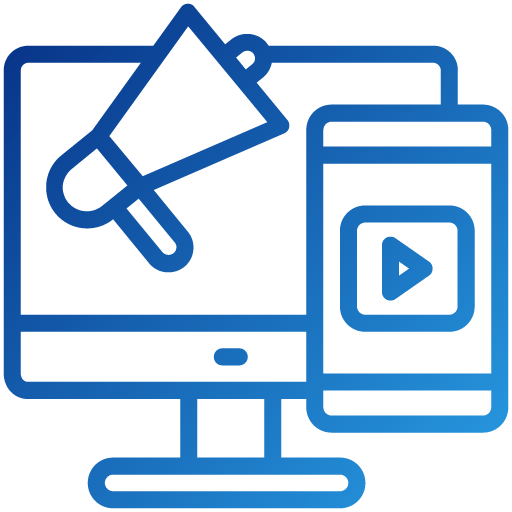
Boosting brand visibility and engagement through SEO strategies and effective lead generation.

Targeted strategies to attract and convert high-quality leads into conversions for your business.

Expert in developing software solutions to build cloud platforms and enterprise systems etc.

Creating effective multi-level marketing strategies to expand networks and increase revenue.

Expert in developing engaging blog posts, articles and multimedia content to enhance brand's visibility.
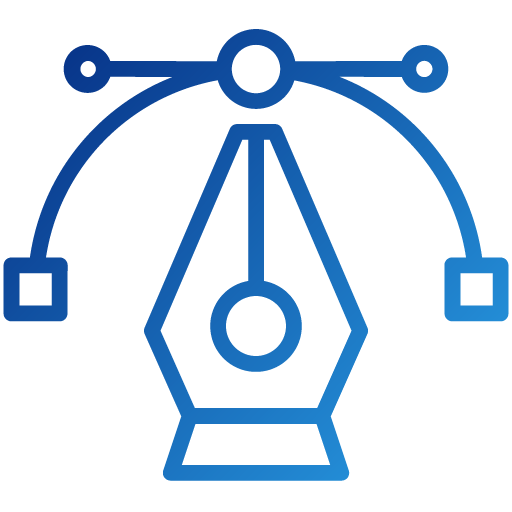
Creating user-friendly designs that improves digital experience and brand’s recognition.

Designing user-friendly platforms that enhances online shopping experiences and boosts conversions.

Expert in driving targeted traffic with strategic ads, maximizing visibility and ensuring strong ROI.

Developing responsive, optimized websites that delivers best user experiences across all devices.
Leading with visionary direction to deliver innovative digital marketing, development, designing and BPO solutions globally.
Expert in global talent acquisition, team-building and remote workforce management through strategic recruitment and marketing initiatives.
Leads digital strategies for SaaS, E-commerce, marketing and manages teams to deliver websites, ERPs and CRMs.
Managed international traffic, lead generation and campaigns with 50,000 AED ad spend for EMAAR and DAMAC etc.
Drove international conversions, optimized ROAS, implemented email automation, managed CRM and led strategies for 15+ brands.
Developed digital marketing strategies by engaging with key stakeholders to align with organizational goals.
Devised full-funnel strategies, optimizing conversion rates, ROI and ROAS while managing 15-20 brands sales and traffic.
Managed social media platforms and email campaigns for leading brands; Ali Xeeshan, Tena Durrani and Sarwat Shawls.
Implemented push-pull strategies, driving 90% brand promotions and student admissions via digital campaigns.
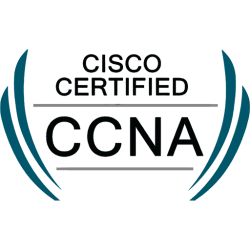
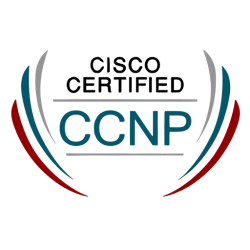



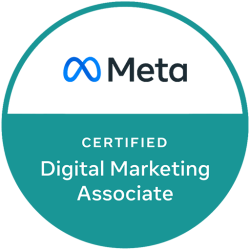
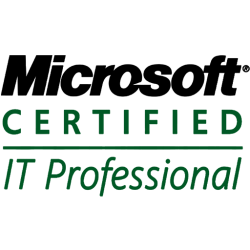
If you’re looking for a digital expert who knows how to drive organic digital growth, Junaid Shah is the partner you need. With years of experience across industries, Me Junaid Shah, I am mastered in the art of creating impactful digital strategies that truly connect with audiences. I work on a unique approach and effective digital marketing, data-driven insights and personalized solutions that help brands stand out in a crowded market. Known for his dedication to every project, Me Junaid Shah I am committed to bringing each client’s vision to life. Whether you’re aiming to boost brand visibility, increase online sales or build a stronger digital presence.






























Receive the latest news, helpful tips and expert advice directly to your email!
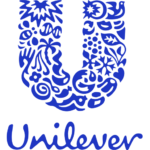


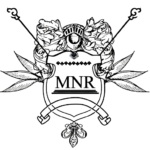










Connect to explore expert services in digital transformation, software development, and marketing strategies designed to drive growth for businesses worldwide. Furthermore, follow up on social media to stay informed about the latest industry insights, leadership strategies and innovative business solutions!
© 2024 Syed Junaid Shah. All rights are reserved.